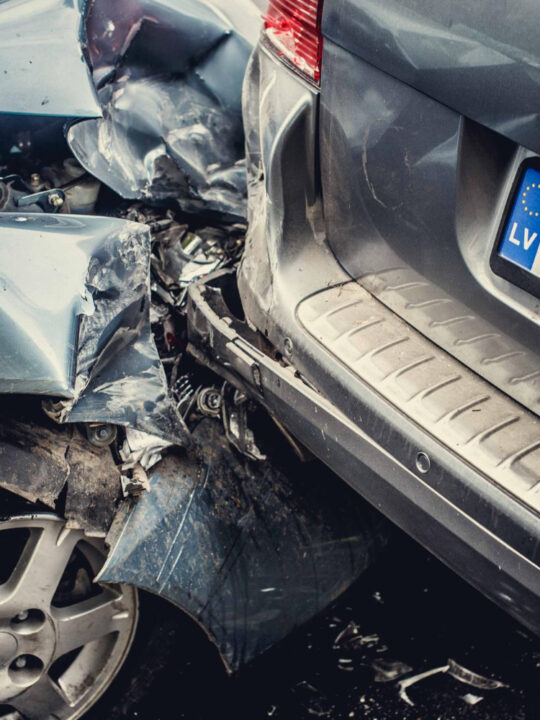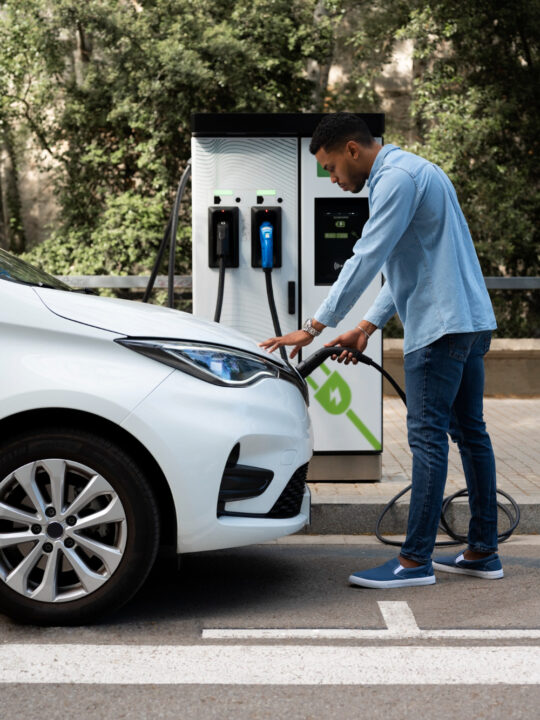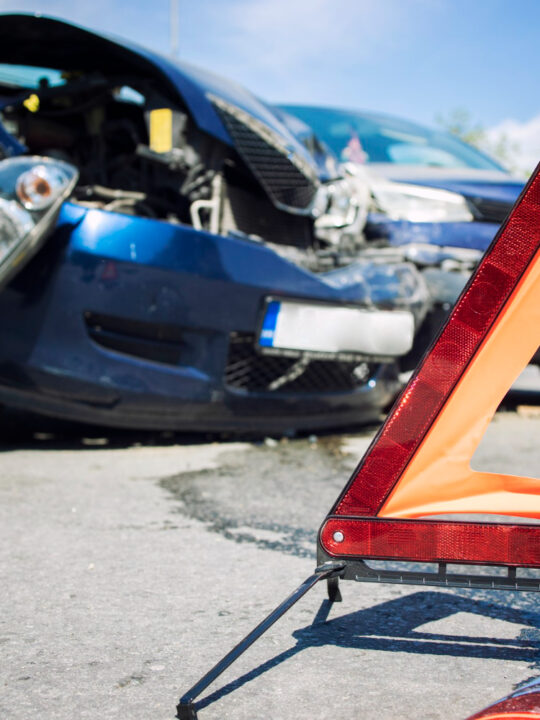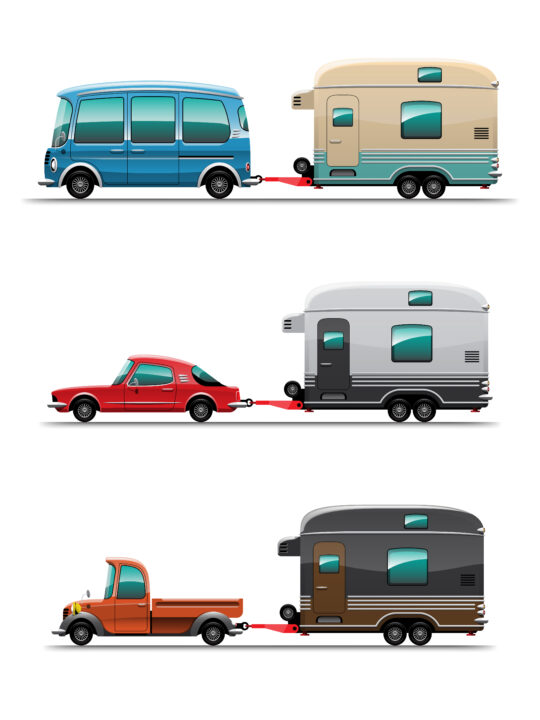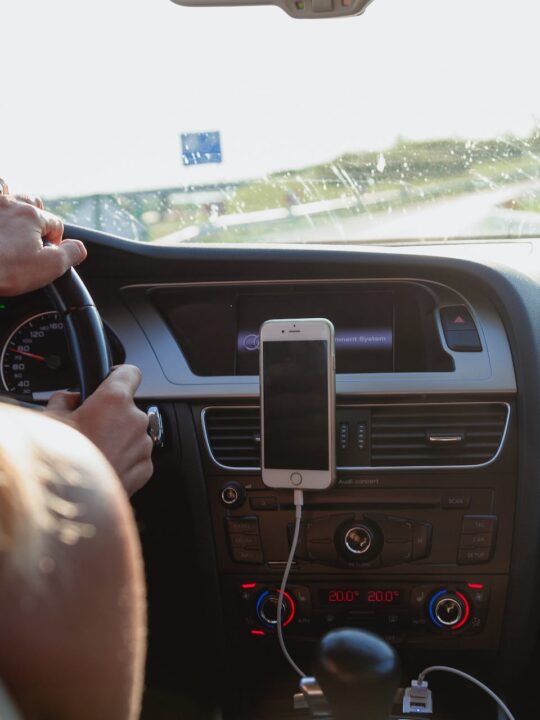
Getting behind the wheel is the most dangerous thing most people do, and they do it nearly every day. More people die each year in MVAs than in all of the U.S. wars in the past 100 years combined!
That means you’re likely to be in an accident at some point in your life, and when you do, you may find it difficult to get back into the driver’s seat.
Don’t spend the rest of your life avoiding the car! Work through your fears and uncertainty and get back behind the wheel with the tips on this list.
Table of Contents
Repair or Replace Your Vehicle
The first order of business is to get a vehicle that makes you feel safe and comfortable. If your car has been in an accident, you aren’t likely to feel comfortable getting back inside.
If the accident was relatively minor, you may be able to repair your vehicle. That includes mechanical repairs, but it includes cosmetic repairs too. You don’t want to be reminded of your accident with a ruined bumper or a broken taillight every time you approach your car.
You may also want to consider replacing your vehicle instead. Not only might you have to if your car was totaled, but cars today are safer than they have ever been before. The extra safety features in your new car might help you feel more confident when you drive.
Start with Small, Easy Drives
If you’re feeling nervous after an accident, it’s not a good idea to get back into the thick of things. There’s a reason why teens start driving on quiet neighborhood streets! You should do the same if your confidence has disappeared.
Get back behind the wheel in a quiet neighborhood or head to a large parking lot. Driving in an empty traffic circle can help too, as can quiet rural roads. When you build up your confidence, you can head back onto the busy city streets.
Drive During Less Demanding Times
Not only is it a good idea to choose an easy route when you get back behind the wheel, but it’s also a good idea to look for less demanding drives. That includes:
- Avoiding rush hour traffic early in the morning and late in the afternoon.
- Avoiding Saturday driving near busy events and popular shopping centers.
- Driving during the day and avoiding driving at night.
Another easy way to get a feel for traffic is to use Google Maps. Not only can this app help you get to your destination, it can also tell you information about parking, tolls, and heavy traffic.
Ask Someone to Ride with You
Getting back into the car after an accident can be scary and overwhelming. Instead of trying to go it alone, consider asking someone to ride with you.
Having someone in the passenger’s seat can provide you with the support and confidence you need to get back on the road. They can provide you with words of wisdom and encouragement, but they can also distract you a bit from the drive. They can have a conversation with you while you’re driving, helping you focus a little bit less on what could happen and a little bit more on what normal driving is like.
Consider Taking a Driving Class
It doesn’t matter why you were in an accident, chances are, you keep replaying it in your mind and wondering how you could have stopped it. Although it’s true we can’t stop every accident from happening, you can increase your confidence and driving ability by taking a class.
There are many benefits to taking a driving safety course, the biggest being that you’ll be a better driver. By increasing your driving skills, you will feel more confident as you interact with the traffic around you.
Taking a driving class also provides you with the ability to work with an experienced driver. They can put your mind at ease and provide you with access to their expertise.
Talk About the Accident
Don’t keep the accident inside. Be willing to talk about what happened with your friends and family. The more you talk about it, the more strength you’ll muster to get back into the car again.
Of course, you can’t rely on your friends and family to act as your therapists forever. If you can’t seem to let the accident go, and your friends and family are tired of rehashing the details for the hundredth time, consider seeing a therapist. They can help you work through your hang-ups without just reliving what happened.
You could also have the opposite problem. If you’re tired of talking about your accident, but it’s still hanging over your head like a dark cloud, write about it instead. It can be very helpful to write about the accident from start to finish, as well as writing about your feelings about driving again, all without having to bring it up the next time you’re hanging out with friends.
Revisit the Crash Site
It may be a good idea to avoid the crash site right at first, but it shouldn’t be avoided in the long-term. It can be detrimental to your evolution as a confident driver.
First, avoiding the crash site could make life harder. For example, you might have to take a different way to and from work, which can add minutes to your commute every day. In addition, if you feel like you still have to avoid the crash site, it’s a sign that you aren’t completely confident behind the wheel yet.
That doesn’t mean you have to drive through the crash site right away! Avoid it until you feel ready, visit the site on foot before driving through it in your car, or ask a therapist to help you the first time you revisit the area.
Don’t avoid driving because you experienced a scary accident. With a little bit of work, you can regain your confidence and drive like you never experienced an accident in the first place.
